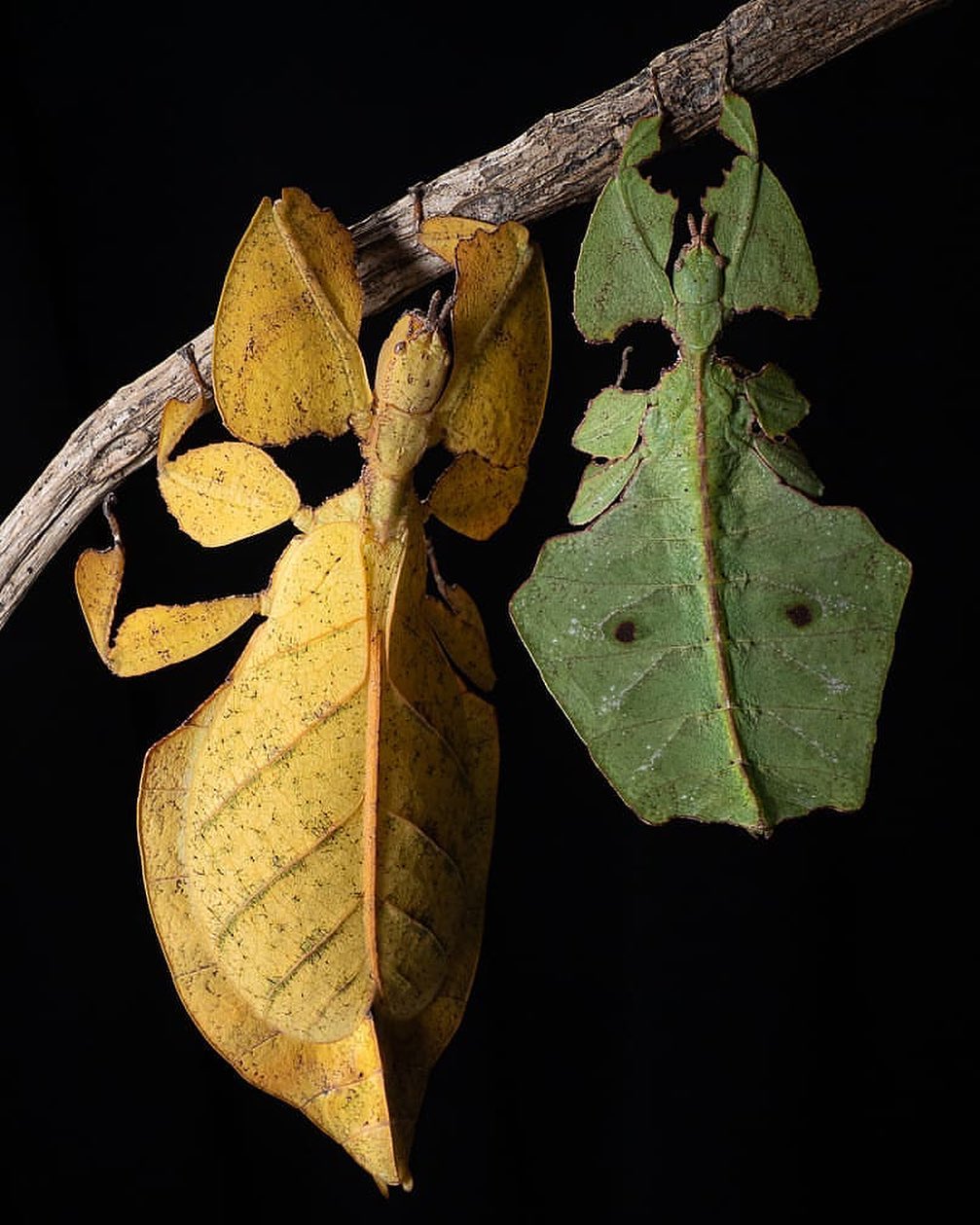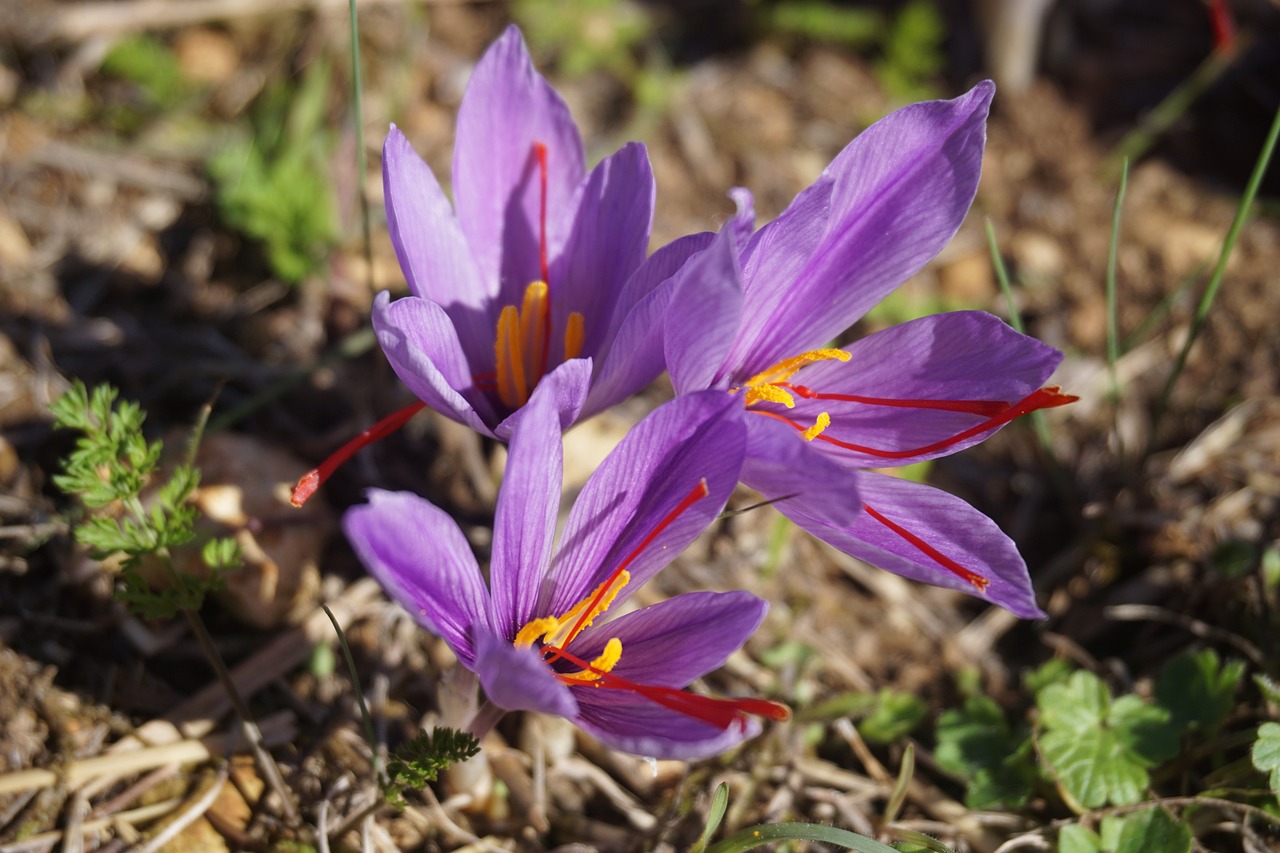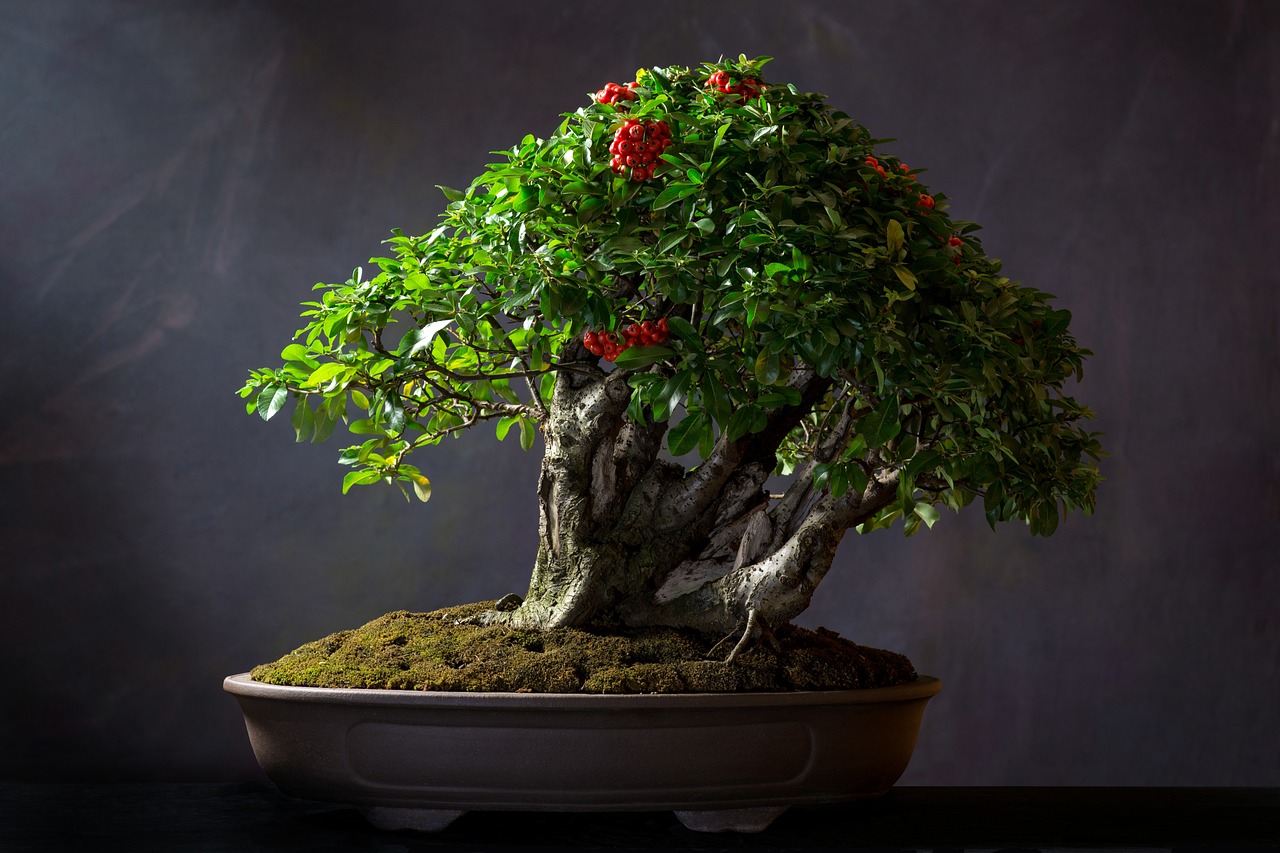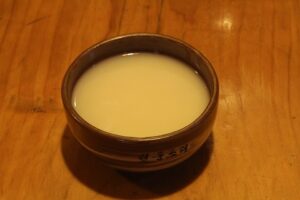Bonsai, a cherished Japanese art form, embodies the essence of tranquility and beauty through the meticulous cultivation and shaping of miniature trees in containers. Rooted in the rich traditions of the Far East, Bonsai has captivated enthusiasts worldwide with its intricate designs and profound cultural significance.
 Pin
Pin Image by Luca Finardi from Pixabay
Table of Contents
Bonsai: A Miniature Symphony of Nature and Artistry
 Pin
Pin Bonsai – Image by Crissi from Pixabay
“Bonsai” – a word filled with ancient traditions and artistic expressions, now embraced under the umbrella of English language, encompassing a diverse array of diminutive potted wonders. As described by Stephen Orr in The New York Times, the essence of bonsai lies in meticulous pruning and training within shallow containers, transforming each specimen into a captivating miniature replica of nature’s full-grown grandeur.
Beyond mere flora, bonsai has transcended to encapsulate not just living beings but also non-living entities under its cultural embrace. The core essence of bonsai, however, remains deeply rooted in Japanese principles and practices, showcasing miniaturized trees as a canvas for contemplation and a display of grower’s dedication and creativity, rather than mere botanical productivity.
Every bonsai journey commences with a choice of source material – a humble cutting, a wild-grown treasure (Yamadori), or a carefully selected young tree suitable for the intricate art of bonsai cultivation. The selection of plant species plays a vital role, with characteristics like small leaves defining their suitability for the meticulous craft of bonsai shaping.
The transformation of a source specimen into a bonsai masterpiece involves careful sculpting and pruning, with the sole focus not on vast landscapes but on the individual beauty of the tree. Placed in specialized display pots, these bonsai are nurtured to thrive within their confined environment, where growth is meticulously controlled and shaped to maintain their miniature allure.
In this miniature world of bonsai, each tree tells a silent story of patience, skill, and respect for nature, inviting viewers to pause, ponder, and appreciate the artistry woven into these tiny living sculptures.
Bonsai and Penjing: A Tale of Artistic Evolution and Cultural Diversity
 Pin
Pin Penjing – Image from Bruno Fuga Advocacia
Originating from the traditional Chinese art form of penjing, Bonsai distinguishes itself by its refined focus on individual trees or cohesive tree groups of the same species, exuding a higher level of aesthetic elegance and sophistication. In contrast, penjing embraces a more naturalistic approach, showcasing diverse styles and designs that incorporate elements like rocks, water features, and figurines to create elaborate and dynamic scenes.
Beyond Japan and China, variations of this art form can also be found in other cultures, such as the Vietnamese Hòn non bộ, which offers its own unique interpretation of miniature living landscapes. The art of Bonsai has transcended borders and time, leaving a lasting impression on art connoisseurs and nature lovers alike.
During the illustrious Tang dynasty, penjing flourished as an art form and was first introduced from China, laying the groundwork for the evolution of Bonsai into the revered discipline it is today. The meticulous care and attention to detail required in nurturing these miniature trees reflect the deep respect for nature and the profound connection between humans and the natural world.
The Timeless Evolution of Bonsai: From Bonkei to Kazan
 Pin
Pin Bonsai – Image by Crissi from Pixabay
The Japanese art of bonsai has a fascinating historical connection to the Chinese practice of bonkei, also known as penjing. Originating in the Tang Dynasty, artists in China and Japan crafted miniature landscapes using plants and stones within trays and water trays called penchi. In Japan, these creations were referred to as kazan or bonsan, showcasing intricate artificial mountains and miniature lotus ponds made from wood and bronze.
During Japan’s Nara period, bonsan-like works were already being produced, capturing natural scenes in a reduced scale. The Heian period saw the emergence of suhama, intricate beach scenes with artificial plants and trees, displayed in poetry contests to complement waka poems. These displays evolved into shimadai, tray landscapes mimicking sandy beaches with white sand and green pine trees, now often used as wedding ornaments.
In medieval times, recognizable bonsai even appeared in handscroll paintings like the Ippen Shōnin Eden, while the Saigyo Monogatari Emaki scroll from 1195 is the earliest known depiction of dwarfed potted trees in Japan. The Kasuga Gongen Genki E scroll from 1309 showcases wooden trays and pots with miniature landscapes on shelves, offering a glimpse into the artistry and evolution of bonsai over the centuries. This rich history highlights the intricate and enduring beauty of bonsai as a revered art form in Japanese culture.
The Bowl's Tree' to Timeless Treasures
 Pin
Pin Sandai Shogun Pine – Image from Reddit
In the 14th century, these miniature marvels were initially referred to as “the bowl’s tree,” highlighting their presence in deep pots rather than the shallow vessels commonly associated with bonsai. This term stems from the timeless noh play “Hachi no Ki” (The Potted Trees), penned by Zeami Motokiyo around 1383. The play recounts the tale of a destitute samurai who sacrifices his last potted trees to warm a disguised official, later revealed to be a benefactor rewarding the samurai’s selfless act.
As centuries passed, the art of bonsai flourished, showcasing a pinnacle of horticultural skill and creativity. Surviving bonsai specimens dating back to the 17th century stand as testaments to this mastery, with treasures like the renowned Sandai Shogun pine earning a revered place in Japanese heritage. Carefully tended by historical figures such as Tokugawa Iemitsu, these venerable trees embody centuries of patient cultivation and artistry.
By the close of the 18th century, the allure of bonsai had captured the hearts of the Japanese populace, stirring widespread interest and admiration. The annual exhibitions in Kyoto during the Tenmei era marked a significant turning point, drawing enthusiasts from distant provinces to showcase their prized miniature pines, creating a vibrant platform for sharing techniques and admiring the beauty of these living artworks.
The Transformation of Bonsai: From Niche Practice to Beloved Japanese Art Form
 Pin
Pin Bonsai – Image by 关键是我啊 from Pixabay
In Japan after 1800, bonsai transitioned from a niche practice to a beloved art form and hobby enjoyed by many. Scholars of Chinese arts in Itami, Hyōgo, gathered in the early 19th century to discuss miniature tree styles, drawing inspiration from texts like Jieziyuan Huazhuan. The potted trees previously known as hachiue were renamed bonsai, emphasizing the shallow container style.
However, the term “bonsai” took nearly a century to gain widespread usage in Japan. The Meiji Emperor’s move to Tokyo in 1868 played a pivotal role in popularizing bonsai, with displays both inside and outside the palace featuring “Giant Bonsai” to fill the grand spaces. The emperor’s encouragement sparked broader interest in bonsai among his government’s professional staff.
The growing popularity of bonsai among the general populace was fueled by new publications, exhibitions, and events. Tokyo hosted an Artistic Bonsai Concours in 1892, signaling a shift towards viewing bonsai as a standalone art form. Magazines like Bonsai Gaho and associations like Jurakukai further promoted bonsai and ikebana, with the first monthly bonsai magazine debuting in 1921 and running successfully for 518 issues.
As bonsai evolved from an esoteric pursuit to a mainstream art form over the 19th and early 20th centuries in Japan, its accessibility and popularity continued to expand, shaping it into the cherished cultural tradition it is today.
The Top 10 Greatest Bonsai Trees: Origin and Beauty Unveiled
1. Japanese Maple (Acer Palmatum): Originating from Japan, the Japanese Maple is renowned for its delicate leaves that turn vibrant shades of red and orange in the fall. It symbolizes balance and harmony.
 Pin
Pin Japanese Maple (Acer Palmatum) – Image from Etsy
2. Chinese Elm (Ulmus Parvifolia): Hailing from China, the Chinese Elm is a popular choice for bonsai enthusiasts due to its easy care and elegant, twisting trunk.
 Pin
Pin Chinese Elm (Ulmus Parvifolia) – Image from Gratitude Heart Garden
3. Juniper (Juniperus): Originating from the Northern Hemisphere, the Juniper bonsai is known for its rugged and windswept appearance, evoking a sense of resilience and strength.
 Pin
Pin Juniper (Juniperus) – Image from saratov.myhistorypark.ru
4. Ficus (Ficus Retusa): Native to Southeast Asia, the Ficus bonsai is favored for its glossy leaves and aerial roots that give it a majestic appearance.
 Pin
Pin Ficus (Ficus Retusa) – Image from biocyte.in
5. Pine (Pinus): With origins in North America, Europe, and Asia, the Pine bonsai exudes a sense of tranquility and longevity, symbolizing wisdom and endurance.
 Pin
Pin Pine (Pinus) – Image from National Gardens
6. Azalea (Rhododendron): Originally from Asia, the Azalea bonsai bursts into a riot of colors during its blooming season, representing passion and vitality.
 Pin
Pin Azalea (Rhododendron) – Image from A-Z Animals
7. Trident Maple (Acer Buergerianum): Native to East Asia, the Trident Maple bonsai is prized for its three-lobed leaves and stunning fall colors, embodying grace and resilience.
 Pin
Pin Trident Maple (Acer Buergerianum) – Image from cdolores.mx
8. Boxwood (Buxus): Originating from Europe, the Boxwood bonsai is cherished for its dense foliage and ability to withstand pruning, symbolizing strength and adaptability.
 Pin
Pin Boxwood (Buxus) – Image from New York Botanical Garden
9. Serissa (Serissa Foetida): Hailing from Southeast Asia, the Serissa bonsai charms with its tiny white flowers and glossy green leaves, symbolizing purity and grace.
 Pin
Pin Serissa (Serissa Foetida) – Image from Gratitude Heart Garden
10. Wisteria (Wisteria Sinensis): Originally from China, the Wisteria bonsai dazzles with its cascading purple or white flowers, symbolizing beauty and love.
 Pin
Pin Wisteria (Wisteria Sinensis) – Image from Japan Treasure




























